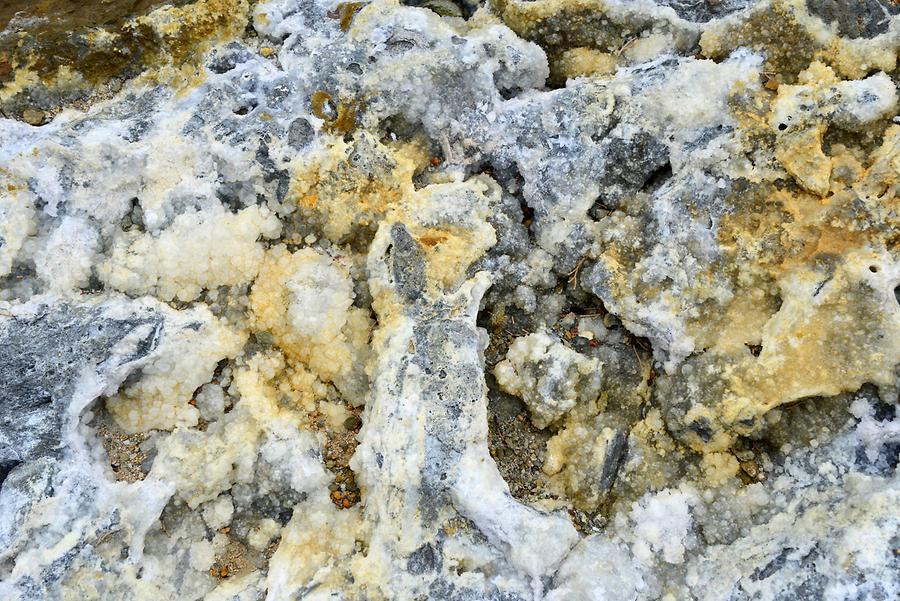Rock Formation#

Rock Formation, September 2016, © Gerhard Huber, under CC BY-NC 4.0 +Edu
A recovery from such an ecclesiastical dominance is promised by high-end culinary delights in Cyprus's most famous wine village Omodos, peaceful walks through ancient mountain villages like Kakopetria, and extensive hikes through the wooded valleys and gorges of the Troodos National Park. The Troodos mountains are of great importance to geologists and mineralogists, because only in a few places on our planet the rocks of the earth's mantle were brought to the surface through tectonic forces - just like here. Scientists call these unfolded igneous rocks 'Opholites', translated as 'snake stones' because they recall the spotted greyish-green pattern of snakes. Layer by layer they tell of the structure of the earth's crust. The process of unfolding is still going on. Each year, the African plate slides 1 to 2 cm under the Eurasian plate and raises the Troodos mountains - about 1 cm in 100 years, which makes, after all, more than one metre since the colonization of Cyprus.
Ein wenig Erholung vor soviel kirchlicher Übermacht versprechen hochprozentige Gaumenfreuden in Zyperns bekanntestem Weinort Omodos, geruhsame Spaziergänge durch uralte Bergdörfer wie Kakopetria und ausgedehnte Wanderungen durch die waldreichen Täler und Schluchten des Troodos-Nationalparks. Der Troodos ist für Geologen und Mineralogen von großer Bedeutung, denn nur an wenigen Stellen unseres Planeten gelangten durch tektonische Kräfte Gesteine des Erdmantels an die Oberfläche – so wie hier. Wissenschafter nennen diese aufgefalteten Erstarrungsgesteine Opholite, übersetzt „Schlangensteine“, weil sie an die gefleckte grau-grünliche Zeichnung von Schlangen erinnern. Sie erzählen Schicht für Schicht vom Aufbau der Erdkruste. Der Auffaltungsprozess dauert immer noch an. Jedes Jahr schiebt sich die afrikanische Platte 1 bis 2 cm unter die eurasische und hebt den Troodos empor – etwa 1 cm in 100 Jahren, das macht seit der Besiedelung Zyperns immerhin mehr als einen Meter.